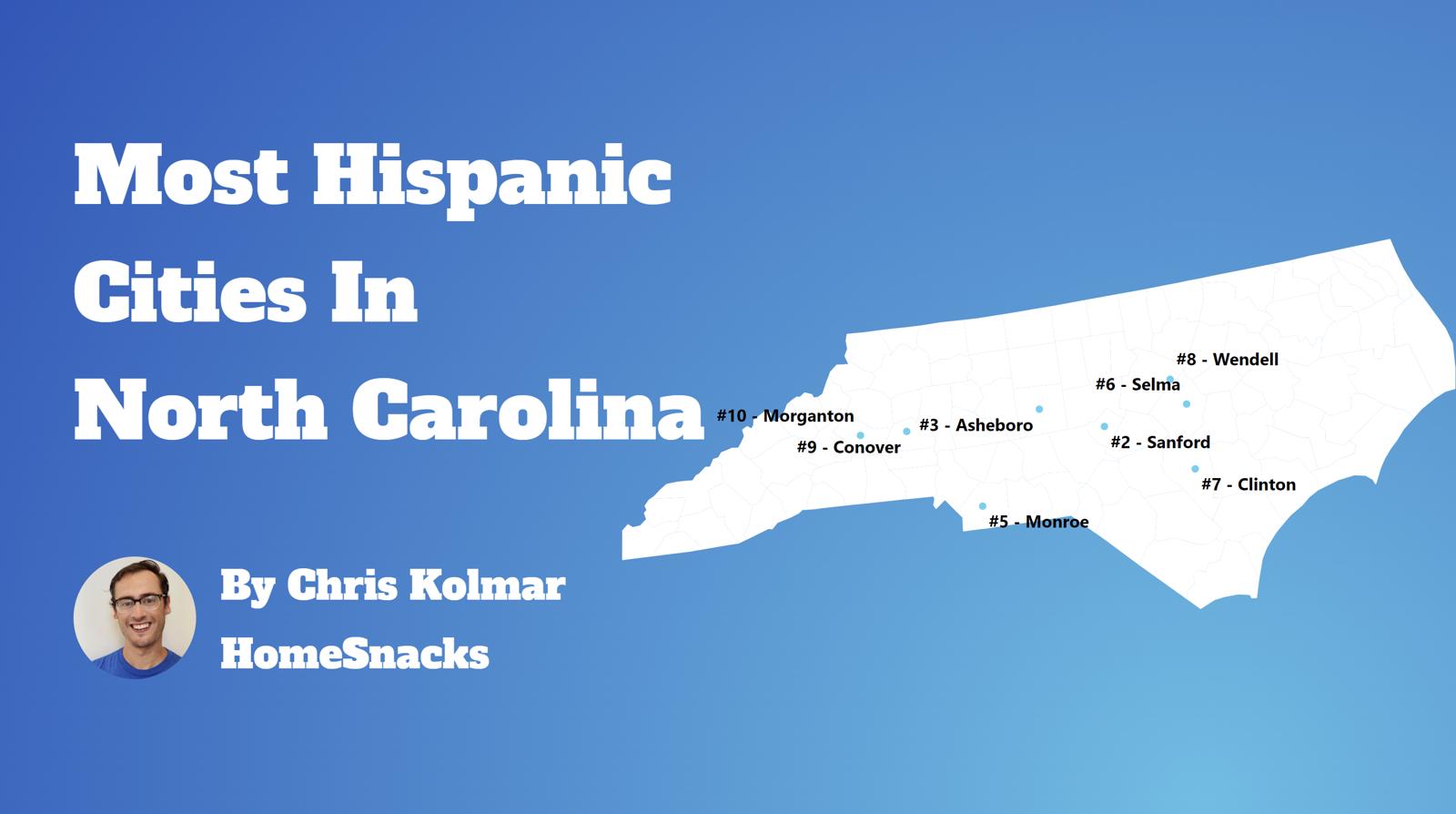Most Hispanic/Latino cities in North Carolina research summary. We used Saturday Night Science to analyze North Carolina’s most recent Census data to determine the most Hispanic/Latino cities based on the percentage of Hispanic/Latino residents. Here are the results of our analysis:
-
The most Hispanic/Latino city in North Carolina is Siler City, based on the most recent Census data.
-
Siler City is 50.07% Hispanic/Latino.
-
The least Hispanic/Latino city in North Carolina is Nashville.
-
Nashville is 0.0% Hispanic/Latino.
-
North Carolina is 10.0% Hispanic/Latino.
-
North Carolina is the 25th most Hispanic/Latino state in the United States.
Table Of Contents: Top Ten | Methodology | Summary | Table
The 10 Cities In North Carolina With The Largest Hispanic Population For 2024
What’s the city in North Carolina with the largest Hispanic/Latino population? Siler City took the number one overall spot for the largest Hispanic population in North Carolina for 2024.
Continue below to see how we crunched the numbers and how your town ranked.
To see where North Carolina ranked as a state on diversity, we have a ranking of the most diverse states in America.
And if you already knew these places were Hispanic, check out the best places to live in North Carolina or the safest places in North Carolina.
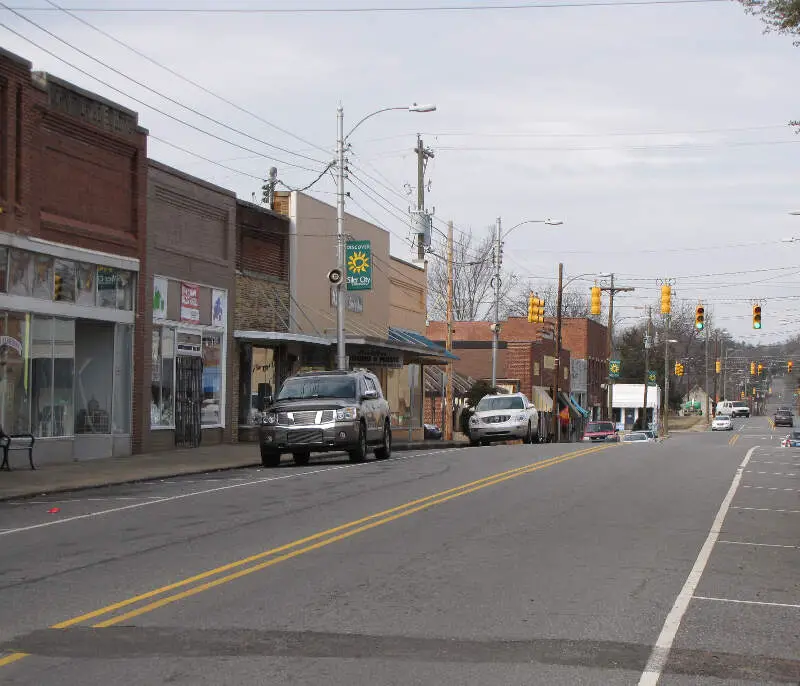
/10
Population: 7,847
# Of Hispanic/Latino Residents: 3,929
% Hispanic/Latino: 50.07%
More on Siler City: Data | Crime | Cost Of Living | Real Estate
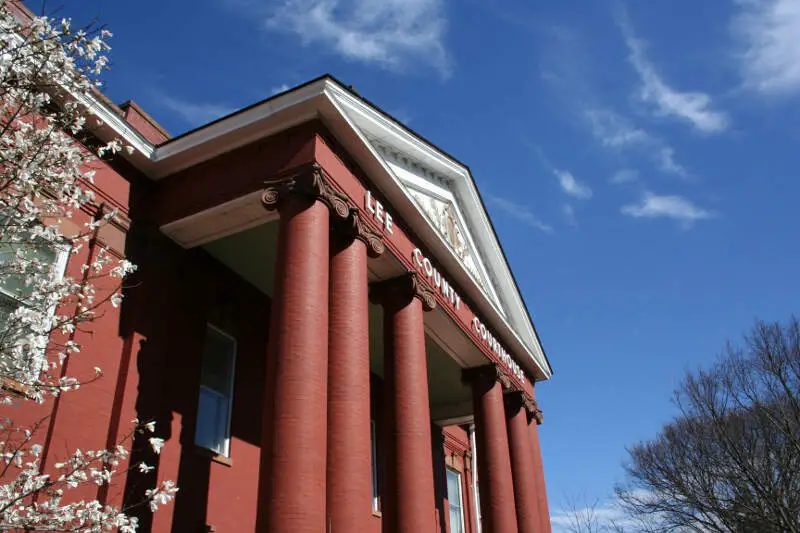
/10
Population: 30,373
# Of Hispanic/Latino Residents: 9,141
% Hispanic/Latino: 30.1%
More on Sanford: Data | Cost Of Living | Real Estate
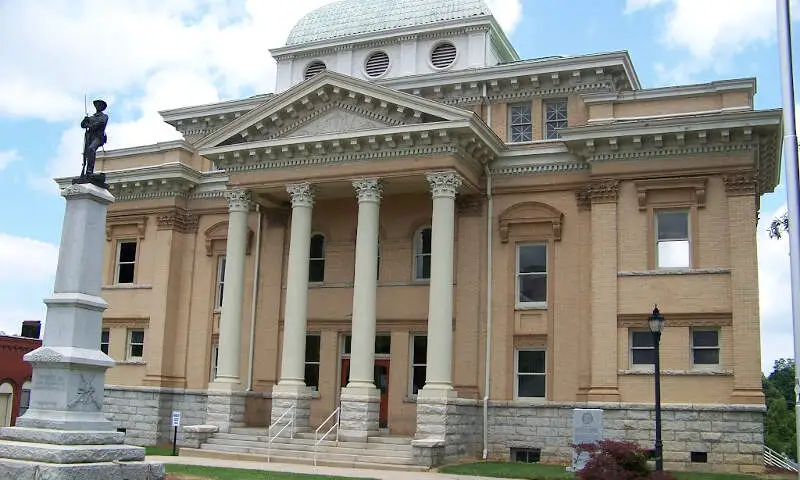
/10
Population: 27,117
# Of Hispanic/Latino Residents: 7,680
% Hispanic/Latino: 28.32%
More on Asheboro: Data | Crime | Cost Of Living | Real Estate
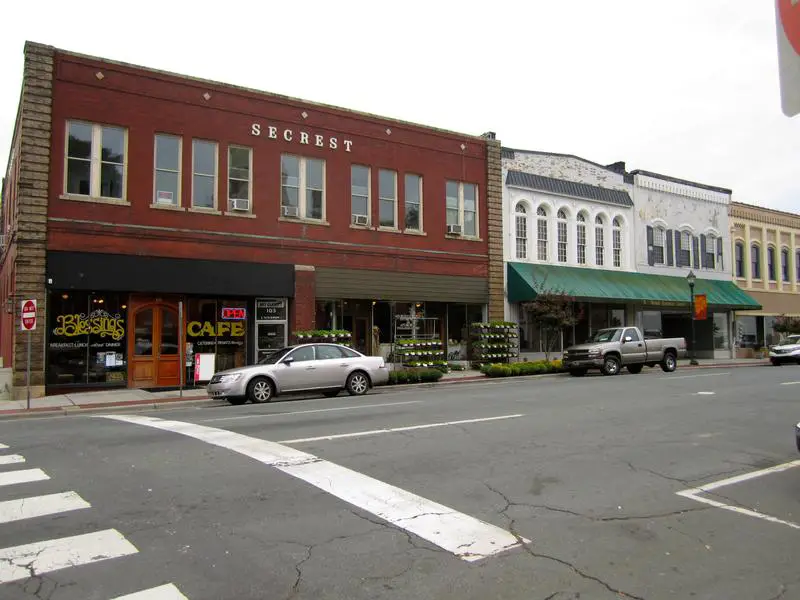
/10
Population: 34,897
# Of Hispanic/Latino Residents: 9,772
% Hispanic/Latino: 28.0%
More on Monroe: Data | Crime | Cost Of Living | Real Estate
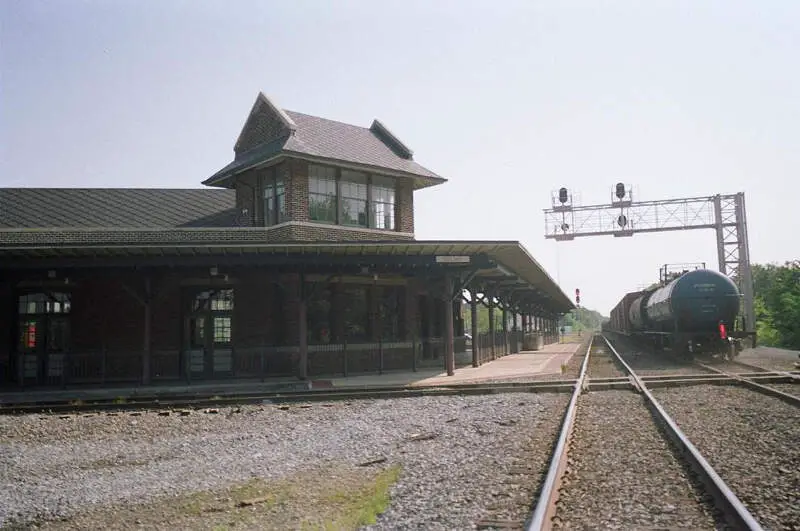
/10
Population: 6,449
# Of Hispanic/Latino Residents: 1,582
% Hispanic/Latino: 24.53%
More on Selma: Data | Crime | Cost Of Living | Real Estate
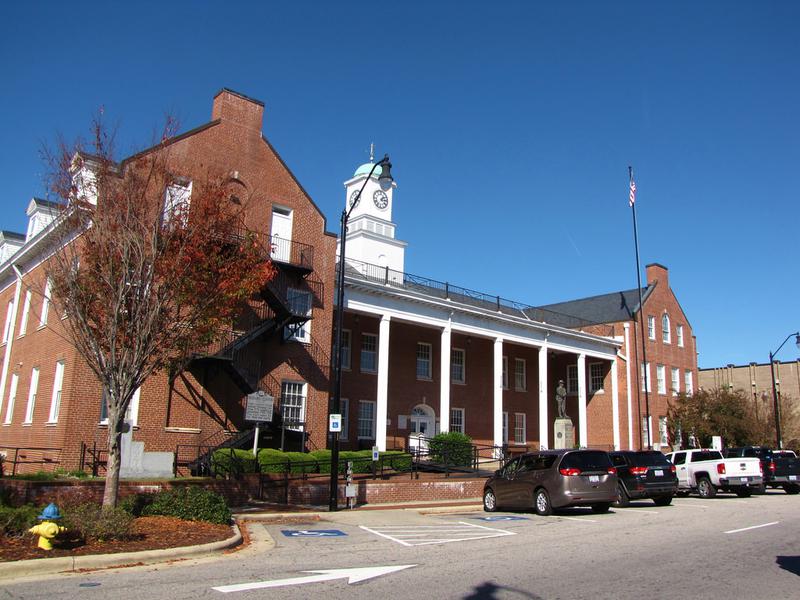
/10
Population: 8,362
# Of Hispanic/Latino Residents: 1,891
% Hispanic/Latino: 22.61%
More on Clinton: Data | Crime | Cost Of Living | Real Estate
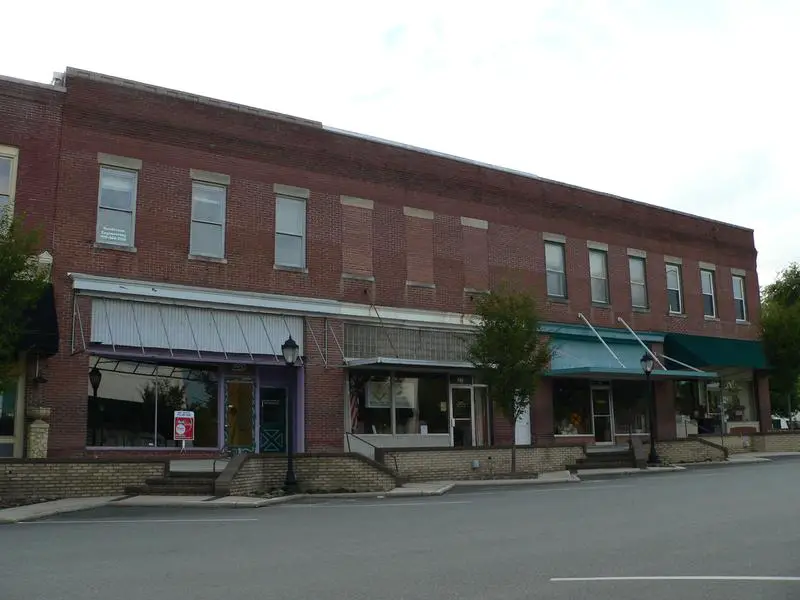
/10
Population: 10,575
# Of Hispanic/Latino Residents: 2,301
% Hispanic/Latino: 21.76%
More on Wendell: Data | Crime | Cost Of Living | Real Estate
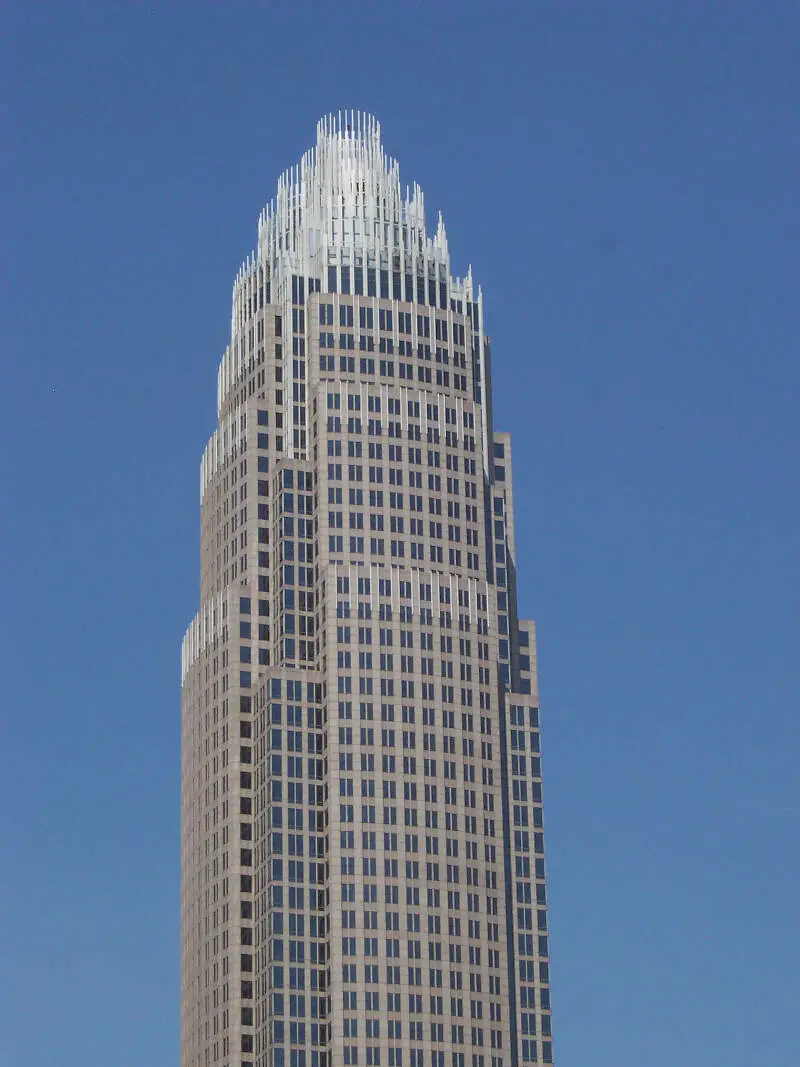
/10
Population: 8,457
# Of Hispanic/Latino Residents: 1,798
% Hispanic/Latino: 21.26%
More on Conover: Data | Crime | Cost Of Living | Real Estate
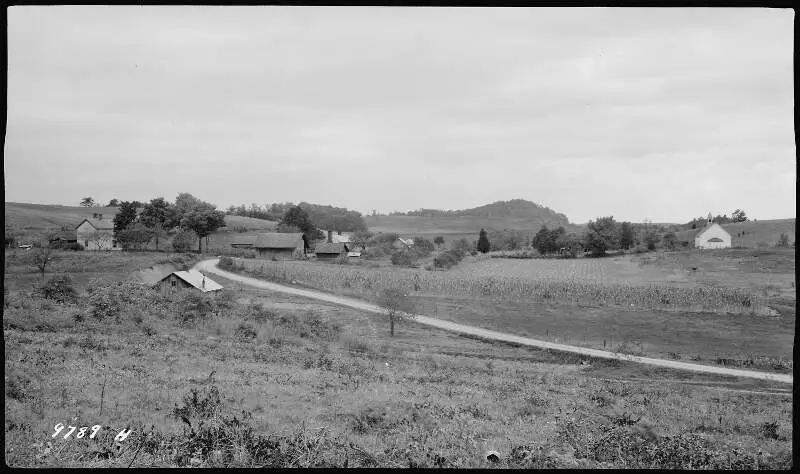
/10
Population: 17,457
# Of Hispanic/Latino Residents: 3,527
% Hispanic/Latino: 20.2%
More on Morganton: Data | Crime | Cost Of Living | Real Estate
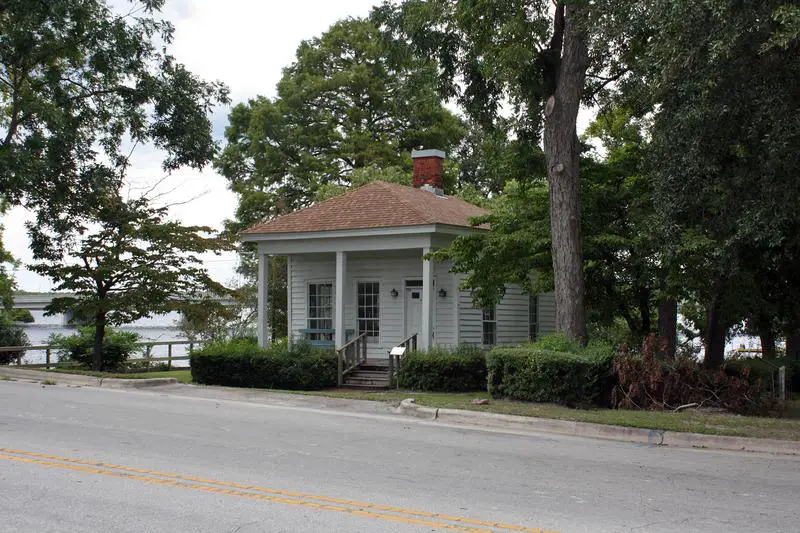
/10
Population: 71,908
# Of Hispanic/Latino Residents: 13,833
% Hispanic/Latino: 19.24%
More on Jacksonville: Data | Crime | Cost Of Living | Real Estate
Methodology: How We Determined The Cities In North Carolina With The Largest Hispanic Population For 2024
We used Saturday Night Science to compare data on race from the US Census for every city in North Carolina.
North Carolina’s most recently available data comes from the 2018-2022 American Community Survey.
Specifically, we looked at table B03002: Hispanic OR LATINO ORIGIN BY RACE. Here are the category names as defined by the Census:
- Hispanic or Latino
- White alone*
- Black or African American alone*
- American Indian and Alaska Native alone*
- Asian alone*
- Native Hawaiian and Other Pacific Islander alone*
- Some other race alone*
- Two or more races*
Our particular column of interest here was the number of people who identified as Hispanic or Latino.
We limited our analysis to places in North Carolina with a population greater than 5,000 people. That left us with 125 cities.
We then calculated the percentage of Hispanic or Latino residents in each North Carolina city. The percentages ranked from 50.1% to 0.0%.
Finally, we ranked each city based on the percentage of the Hispanic or Latino population, with a higher score being more Hispanic or Latino than a lower score. Siler City was the most Hispanic or Latino, while Nashville was the least Hispanic or Latino city.
We updated this article for 2024. This article represents our tenth time ranking the cities in North Carolina with the largest Hispanic/Latino population.
Read on for more information on how the cities in North Carolina ranked by population of Hispanic or Latino residents or, for a more general take on diversity in America, head over to our ranking of the most diverse cities in America.
Summary: Hispanic or Latino Populations Across North Carolina
According to the most recent data, this is an accurate list if you’re looking for a breakdown of Latino populations for each place across North Carolina.
The most Hispanic/Latino cities in North Carolina are Siler City, Sanford, Asheboro, Monroe, Selma, Clinton, Wendell, Conover, Morganton, and Jacksonville.
If you’re curious enough, here are the least Hispanic or Latino places in North Carolina:
- Nashville
- Wadesboro
- Gibsonville
For more North Carolina reading, check out:
- Safest Cities in North Carolina
- Best Places To Retire In North Carolina
- Best Counties To Live In North Carolina
Most Hispanic Cities In North Carolina
| Rank | City | Population | Hispanic Pop. | % Hispanic |
|---|---|---|---|---|
| 1 | Siler City | 7,847 | 3,929 | 50.07% |
| 2 | Sanford | 30,373 | 9,141 | 30.1% |
| 3 | Asheboro | 27,117 | 7,680 | 28.32% |
| 4 | Monroe | 34,897 | 9,772 | 28.0% |
| 5 | Selma | 6,449 | 1,582 | 24.53% |
| 6 | Clinton | 8,362 | 1,891 | 22.61% |
| 7 | Wendell | 10,575 | 2,301 | 21.76% |
| 8 | Conover | 8,457 | 1,798 | 21.26% |
| 9 | Morganton | 17,457 | 3,527 | 20.2% |
| 10 | Jacksonville | 71,908 | 13,833 | 19.24% |
| 11 | Spring Lake | 11,710 | 2,247 | 19.19% |
| 12 | Butner | 8,374 | 1,570 | 18.75% |
| 13 | Marion | 7,652 | 1,402 | 18.32% |
| 14 | Graham | 17,136 | 3,088 | 18.02% |
| 15 | Smithfield | 11,527 | 2,034 | 17.65% |
| 16 | Burlington | 56,951 | 9,989 | 17.54% |
| 17 | Pineville | 10,532 | 1,836 | 17.43% |
| 18 | Lincolnton | 11,225 | 1,884 | 16.78% |
| 19 | Winston-Salem | 249,571 | 41,335 | 16.56% |
| 20 | Havelock | 16,759 | 2,769 | 16.52% |
| 21 | Lexington | 19,595 | 3,212 | 16.39% |
| 22 | Thomasville | 27,130 | 4,375 | 16.13% |
| 23 | Charlotte | 875,045 | 134,058 | 15.32% |
| 24 | Statesville | 28,576 | 4,309 | 15.08% |
| 25 | Hope Mills | 17,671 | 2,611 | 14.78% |
| 26 | Concord | 105,335 | 14,606 | 13.87% |
| 27 | Clayton | 26,837 | 3,705 | 13.81% |
| 28 | Durham | 284,094 | 37,786 | 13.3% |
| 29 | Hickory | 43,352 | 5,712 | 13.18% |
| 30 | Fayetteville | 208,697 | 26,857 | 12.87% |
| 31 | Kill Devil Hills | 7,658 | 971 | 12.68% |
| 32 | Kannapolis | 53,314 | 6,514 | 12.22% |
| 33 | Wilson | 47,767 | 5,798 | 12.14% |
| 34 | Newton | 13,173 | 1,573 | 11.94% |
| 35 | Lenoir | 18,301 | 2,182 | 11.92% |
| 36 | Raleigh | 465,517 | 54,037 | 11.61% |
| 37 | Kernersville | 27,177 | 3,105 | 11.43% |
| 38 | Indian Trail | 40,325 | 4,541 | 11.26% |
| 39 | Garner | 31,684 | 3,507 | 11.07% |
| 40 | High Point | 114,120 | 12,197 | 10.69% |
| 41 | Gastonia | 80,615 | 8,414 | 10.44% |
| 42 | Salisbury | 35,437 | 3,650 | 10.3% |
| 43 | Waxhaw | 20,665 | 2,098 | 10.15% |
| 44 | Henderson | 14,997 | 1,480 | 9.87% |
| 45 | Harrisburg | 18,934 | 1,803 | 9.52% |
| 46 | Lumberton | 19,099 | 1,788 | 9.36% |
| 47 | Fuquay-Varina | 35,428 | 3,240 | 9.15% |
| 48 | Rockingham | 9,174 | 827 | 9.01% |
| 49 | Woodfin | 7,901 | 711 | 9.0% |
| 50 | Greensboro | 297,202 | 26,705 | 8.99% |
| 51 | Dunn | 8,549 | 748 | 8.75% |
| 52 | Bessemer City | 5,472 | 477 | 8.72% |
| 53 | Knightdale | 19,127 | 1,653 | 8.64% |
| 54 | Williamston | 5,224 | 448 | 8.58% |
| 55 | Elizabeth City | 18,570 | 1,587 | 8.55% |
| 56 | Stallings | 16,193 | 1,352 | 8.35% |
| 57 | Carrboro | 21,242 | 1,713 | 8.06% |
| 58 | Hillsborough | 9,534 | 762 | 7.99% |
| 59 | Wake Forest | 48,047 | 3,781 | 7.87% |
| 60 | Cary | 174,880 | 13,701 | 7.83% |
| 61 | Southern Pines | 15,701 | 1,225 | 7.8% |
| 62 | Fletcher | 8,000 | 620 | 7.75% |
| 63 | Forest City | 7,357 | 566 | 7.69% |
| 64 | Wesley Chapel | 8,763 | 650 | 7.42% |
| 65 | Huntersville | 61,202 | 4,401 | 7.19% |
| 66 | Washington | 9,759 | 686 | 7.03% |
| 67 | Morehead City | 9,632 | 676 | 7.02% |
| 68 | Wilmington | 116,933 | 8,190 | 7.0% |
| 69 | Hendersonville | 15,102 | 1,053 | 6.97% |
| 70 | Chapel Hill | 58,919 | 3,991 | 6.77% |
| 71 | Albemarle | 16,444 | 1,073 | 6.53% |
| 72 | Mooresville | 50,025 | 3,258 | 6.51% |
| 73 | Apex | 65,541 | 4,216 | 6.43% |
| 74 | Roxboro | 8,131 | 521 | 6.41% |
| 75 | New Bern | 31,373 | 2,001 | 6.38% |
| 76 | Mint Hill | 26,537 | 1,662 | 6.26% |
| 77 | Matthews | 29,613 | 1,842 | 6.22% |
| 78 | Holly Springs | 42,023 | 2,600 | 6.19% |
| 79 | Asheville | 93,695 | 5,771 | 6.16% |
| 80 | Tarboro | 10,696 | 650 | 6.08% |
| 81 | Eden | 15,349 | 932 | 6.07% |
| 82 | Cornelius | 31,396 | 1,899 | 6.05% |
| 83 | Trinity | 7,012 | 422 | 6.02% |
| 84 | Clemmons | 21,281 | 1,277 | 6.0% |
| 85 | Roanoke Rapids | 15,143 | 908 | 6.0% |
| 86 | Mount Holly | 17,644 | 1,048 | 5.94% |
| 87 | Archdale | 11,873 | 705 | 5.94% |
| 88 | Oxford | 8,685 | 513 | 5.91% |
| 89 | Weddington | 13,173 | 715 | 5.43% |
| 90 | Carolina Beach | 6,583 | 357 | 5.42% |
| 91 | Mebane | 17,899 | 963 | 5.38% |
| 92 | Aberdeen | 8,674 | 462 | 5.33% |
| 93 | Summerfield | 10,986 | 577 | 5.25% |
| 94 | Elon | 11,161 | 568 | 5.09% |
| 95 | Goldsboro | 33,566 | 1,704 | 5.08% |
| 96 | Boone | 19,368 | 905 | 4.67% |
| 97 | Oak Ridge | 7,637 | 351 | 4.6% |
| 98 | Laurinburg | 14,971 | 674 | 4.5% |
| 99 | Waynesville | 10,307 | 452 | 4.39% |
| 100 | Leland | 24,473 | 1,073 | 4.38% |

